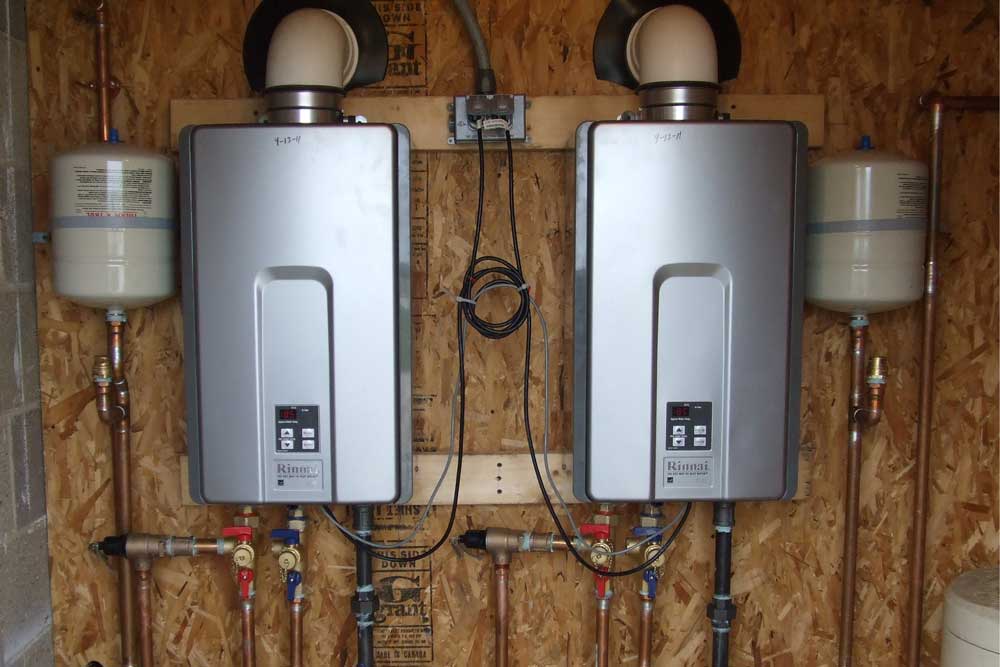Effective Techniques for Caring for Your Home's Hot Water SystemKey Care Strategies for Your Home's Hot Water SystemMaintaining Your Home's Hot Water System: Essential Guidelines
Effective Techniques for Caring for Your Home's Hot Water SystemKey Care Strategies for Your Home's Hot Water SystemMaintaining Your Home's Hot Water System: Essential Guidelines
Blog Article
Do you find yourself looking for content involving Tips on Maintaining a Water Heater?

Hot water is vital for day-to-day comfort, whether it's for a revitalizing shower or washing dishes. To guarantee your warm water system runs efficiently and lasts longer, normal maintenance is essential. This post gives practical suggestions and understandings on just how to preserve your home's warm water system to stay clear of disruptions and costly repair work.
Intro
Maintaining your home's hot water system could appear daunting, but with a few easy steps, you can ensure it operates efficiently for several years ahead. This overview covers every little thing from recognizing your warm water system to do it yourself maintenance suggestions and knowing when to contact expert assistance.
Significance of Preserving Your Hot Water System
Routine maintenance not only extends the lifespan of your hot water system but additionally guarantees it operates successfully. Disregarding maintenance can lead to decreased performance, greater power costs, and even early failure of the system.
Indicators Your Hot Water System Requirements Upkeep
Understanding when your warm water system needs interest can stop significant issues. Look out for signs such as inconsistent water temperature, unusual noises from the heating unit, or rustic water.
Flushing the Hot Water Heater
Purging your hot water heater removes sediment build-up, enhancing effectiveness and lengthening its life.
Monitoring and Replacing Anode Rods
Anode poles stop corrosion inside the container. Evaluating and replacing them when worn is essential.
Facility Problems Requiring Specialist Assistance
Examples consist of significant leaks, electric problems, or if your hot water heater is regularly underperforming.
Regular Expert Maintenance Benefits
Specialist maintenance can consist of comprehensive inspections, tune-ups, and making certain compliance with safety and security criteria.
Examining and Readjusting Temperature Setups
Adjusting the temperature setups guarantees optimum performance and safety.
Do It Yourself Tips for Maintenance
You can perform numerous upkeep jobs on your own to keep your warm water system in top problem.
Checking for Leakages
On a regular basis examine pipelines and connections for leaks, as these can cause water damage and greater bills.
Recognizing Your Hot Water System
Prior to diving into maintenance jobs, it's useful to recognize the basic components of your hot water system. Typically, this includes the hot water heater itself, pipes, anode poles, and temperature level controls.
Regular Monthly Upkeep Tasks
Normal month-to-month checks can aid capture small issues before they intensify.
Checking Stress Relief Valves
Evaluating the stress safety valve guarantees it works appropriately and protects against extreme stress build-up.
Insulating Pipes
Protecting hot water pipelines lowers warmth loss and can save energy.
When to Call a Professional
While do it yourself upkeep is advantageous, some problems need expert expertise.
Conclusion
Routine upkeep of your home's warm water system is vital for effectiveness, durability, and expense financial savings. By adhering to these pointers and recognizing when to look for specialist aid, you can guarantee a trusted supply of hot water without unexpected disruptions.
How to Maintain an Instant Hot Water Heater
Before tinkering with your hot water heater, make sure that it’s not powered on. You also have to turn off the main circuit breaker and shut off the main gas line to prevent accidents. Also turn off the water valves connected to your unit to prevent water from flowing into and out of the appliance. 2. When you’re done, you have to detach the purge valves’ caps. These look like the letter “T” and are situated on either side of the water valves. Doing so will release any pressure that has accumulated inside the valves while at the same time avoid hot water from shooting out and burning your skin. 3. When the purge valves’ caps are removed, you have to connect your hosing lines to the valves. Your unit should have come with three hoses but if it didn’t, you can purchase these things from any hardware or home repair shops. You can also get them from retail stores that sell water heating systems. Read the user’s manual and follow it to complete this task properly. When the hosing lines are connected, open the purge port’s valves. 4. You should never use harsh chemical cleaners or solutions when cleaning your unit. Make use of white vinegar instead. It should be undiluted and you’ll probably use about 2 gallons. 5. Now flush your water heater. This task should probably take about 40 minutes. We can’t give you specific directions for this because the procedure is carried out depending on the type, model and brand of your heater. With that being said, refer to the user’s manual. 6. When you’re done draining the unit, you have to turn off the purge port valves again. Remove the hosing lines that you earlier installed on each of the water valves. Put the valve caps (purge port) back in their respective places and be very careful so as not to damage the rubber discs that are found inside these caps. 7. Now that everything’s back in place, check your user’s manual again to find out how to reactivate your water heating system. 8. Once it is working, turn one of your hot water faucets on just to let air pass through the heater’s water supply pipes. Leave the tap on until water flows smoothly out of it. https://www.orrplumbing.com/blog/2014/september/how-to-maintain-an-instant-hot-water-heater/

Hopefully you enjoyed reading our post on How to Maintain a Hot Water Heater in a Few Simple Steps. Thank you so much for finding the time to read through our article. Be sure to pause to promote this post if you appreciated it. We treasure reading our article about Tips For Maintaining Your Hot Water Heater.
Schedule Now! Report this page